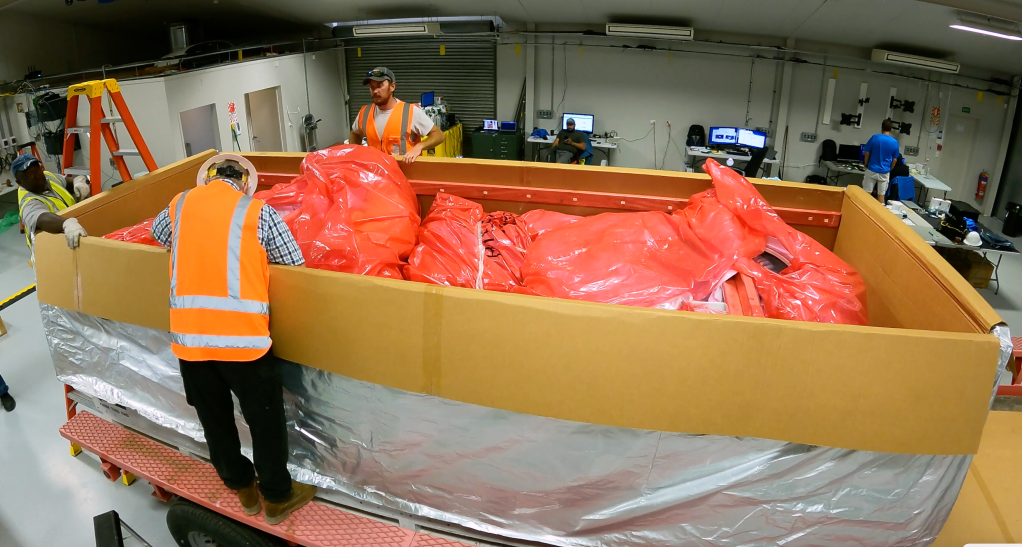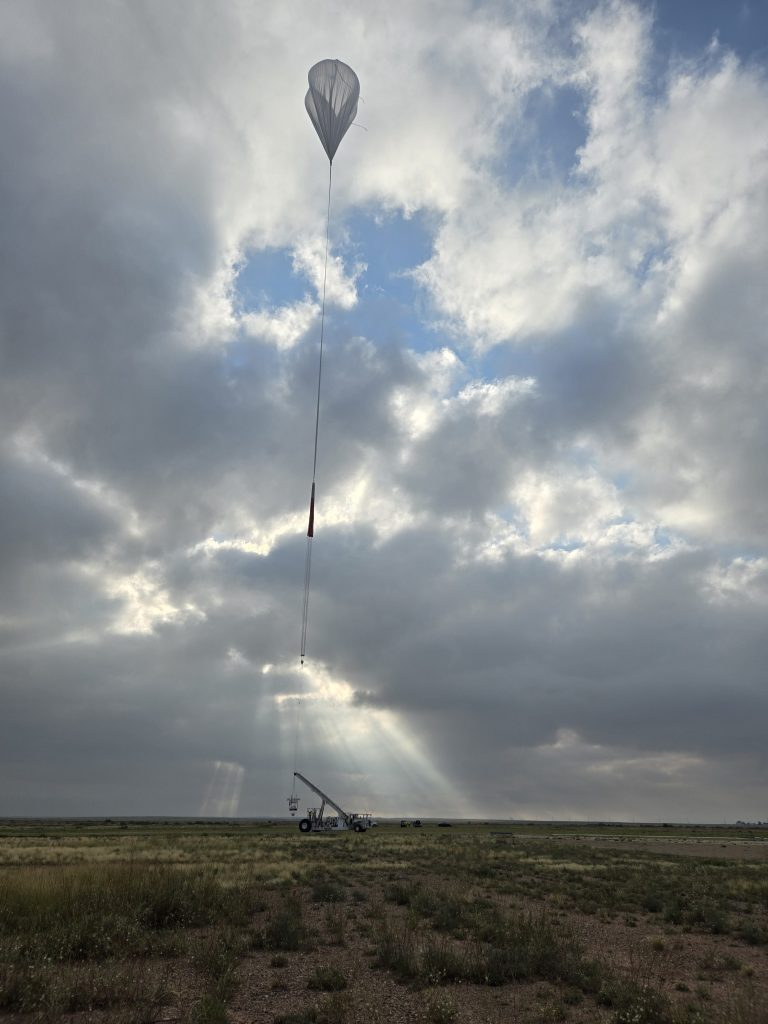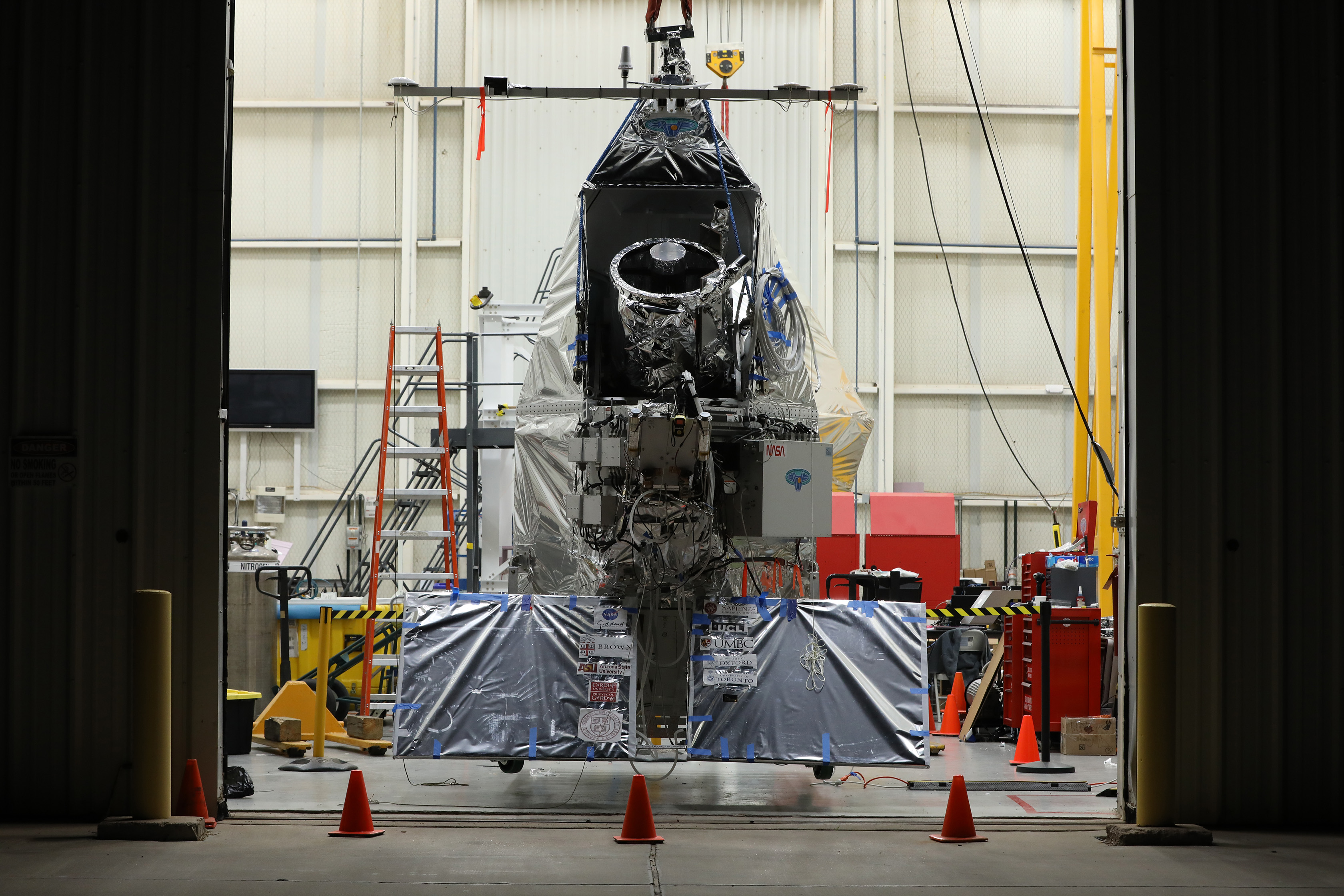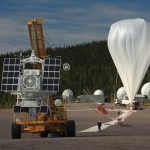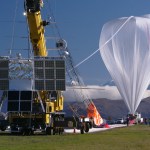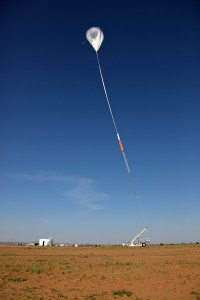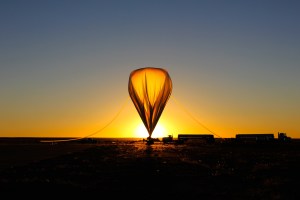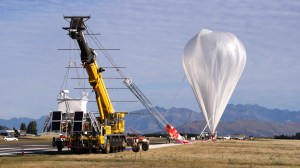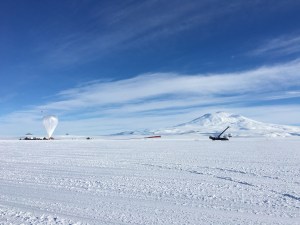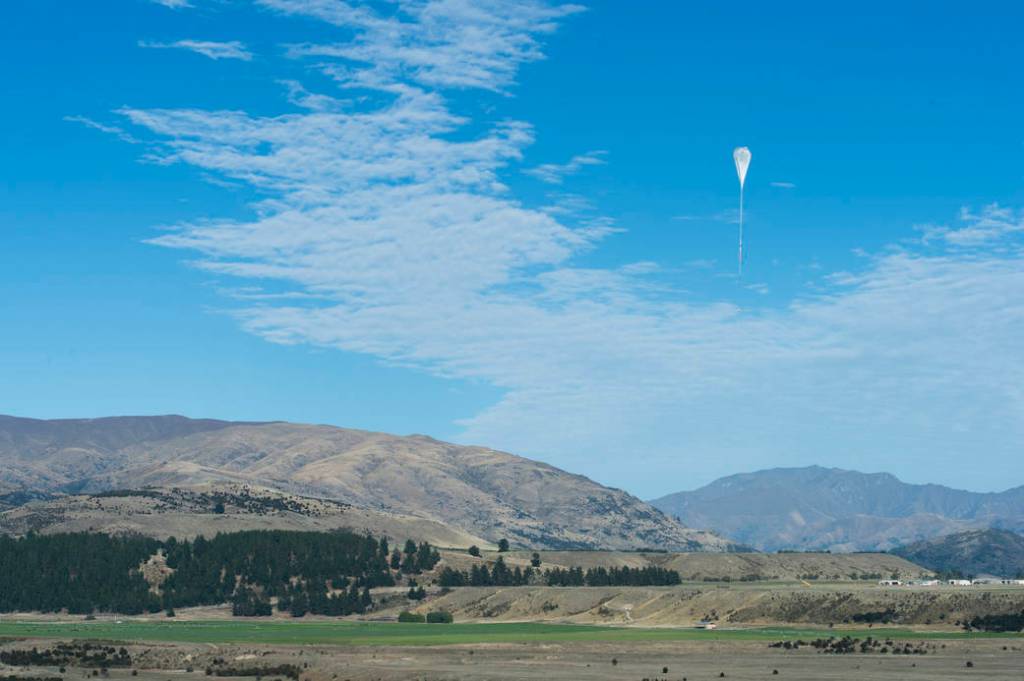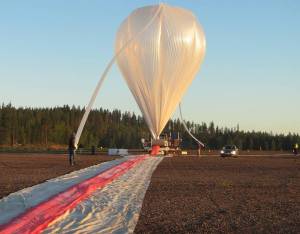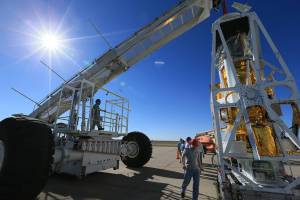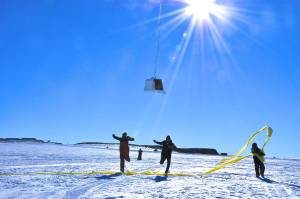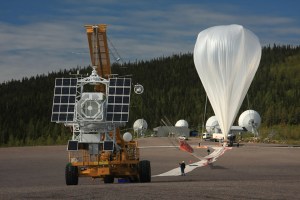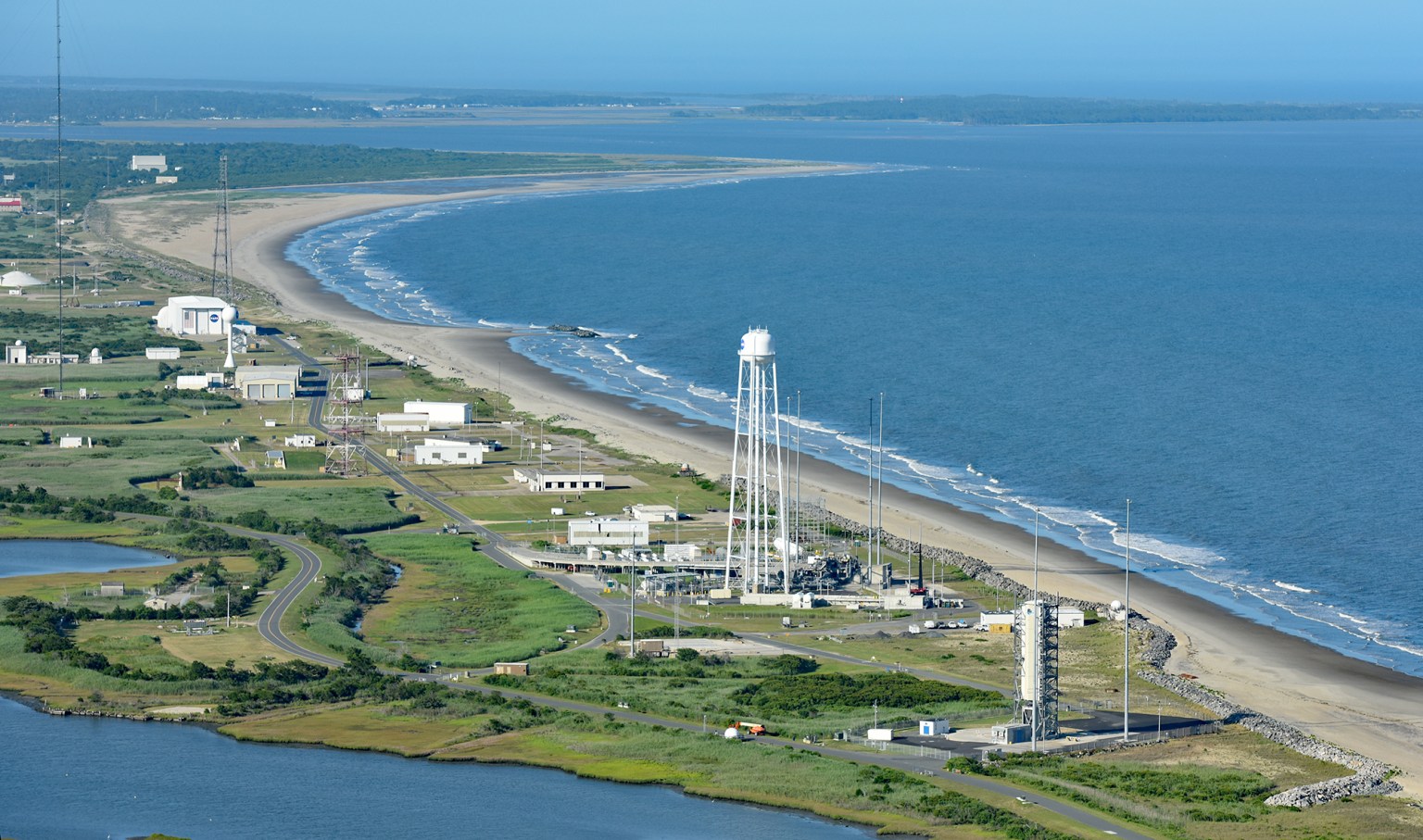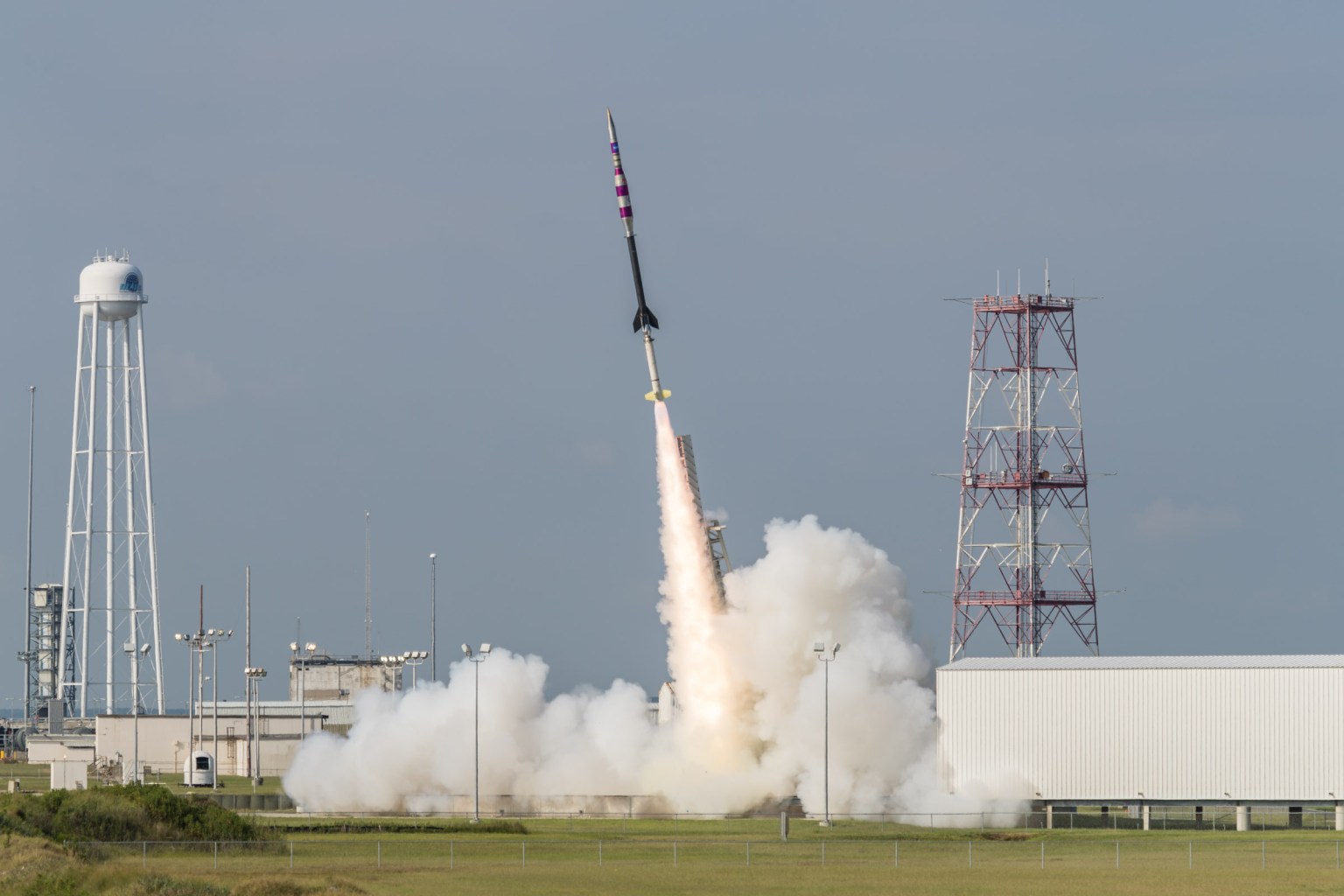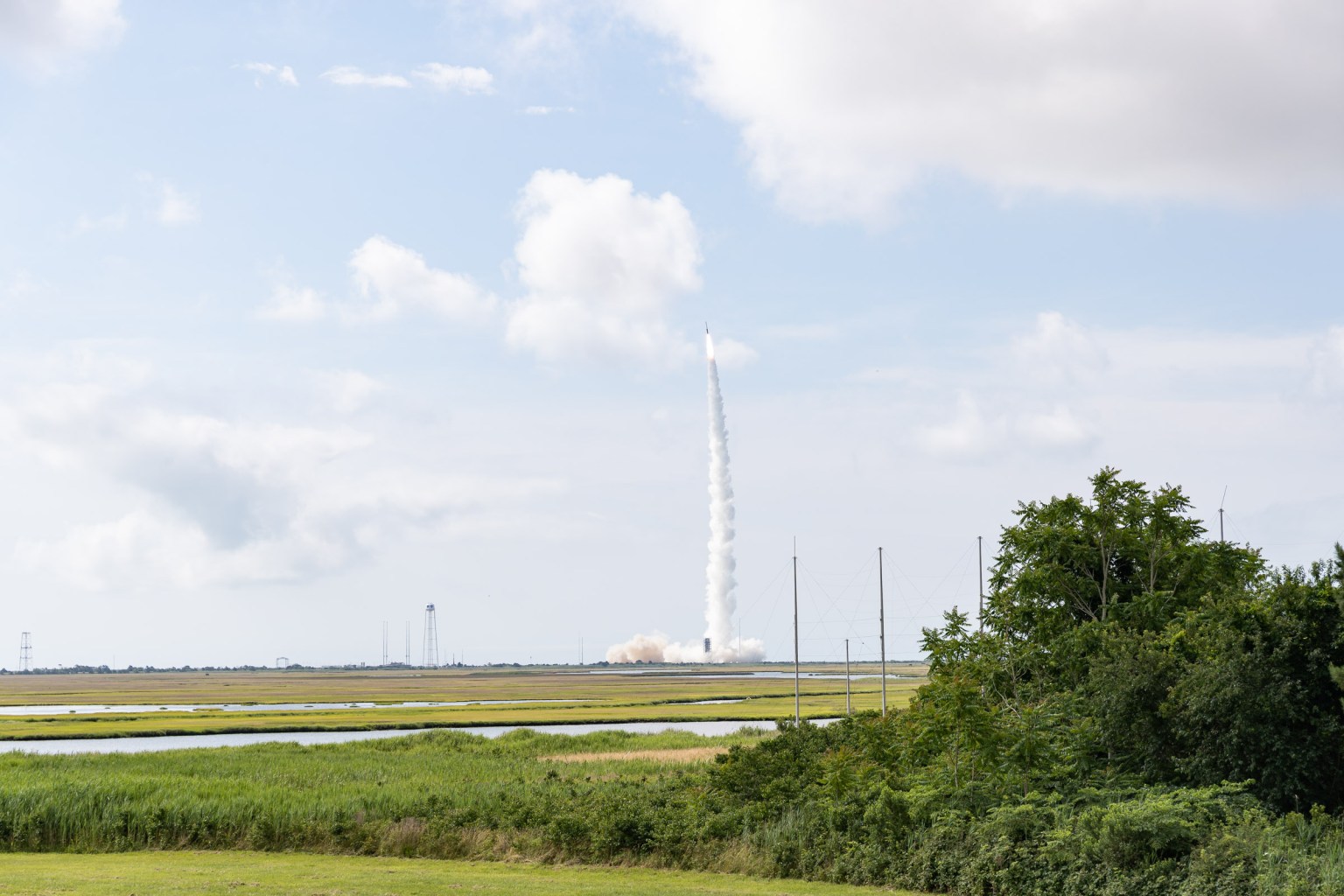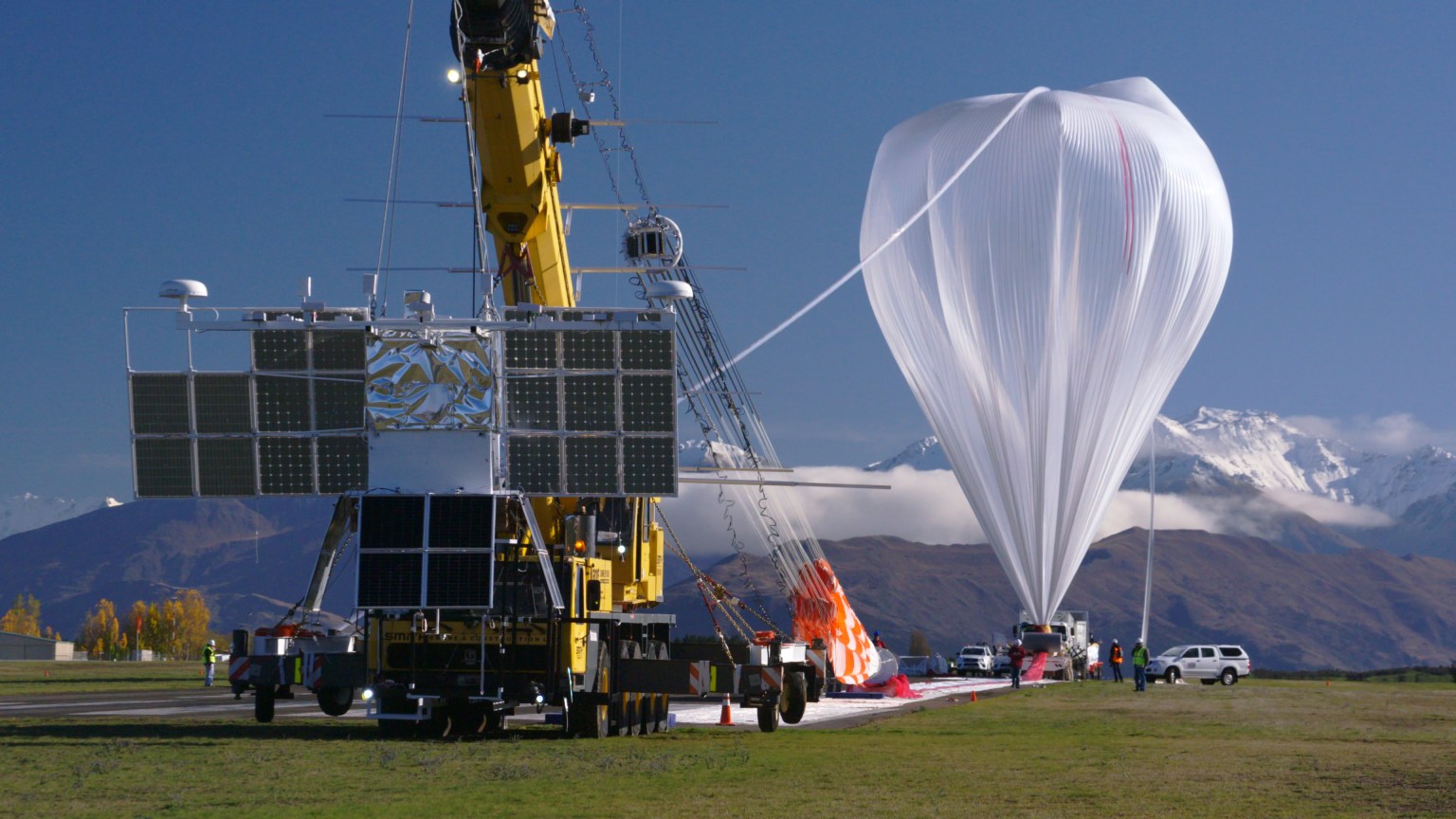
Scientific Balloons
NASA’s Wallops Flight Facility manages the agency’s Scientific Balloon Program with 10-15 flights on average each year from launch sites worldwide.
balloons by the numbers
days longest balloon flight record
years for NASA’s balloon program
Scientific Balloon Types
The two types of balloons currently used by the NASA Balloon Flight program are zero-pressure and super-pressure.
The two types of balloons currently used by the NASA Balloon Flight program are zero-pressure and super-pressure.
Learn More About Balloon Types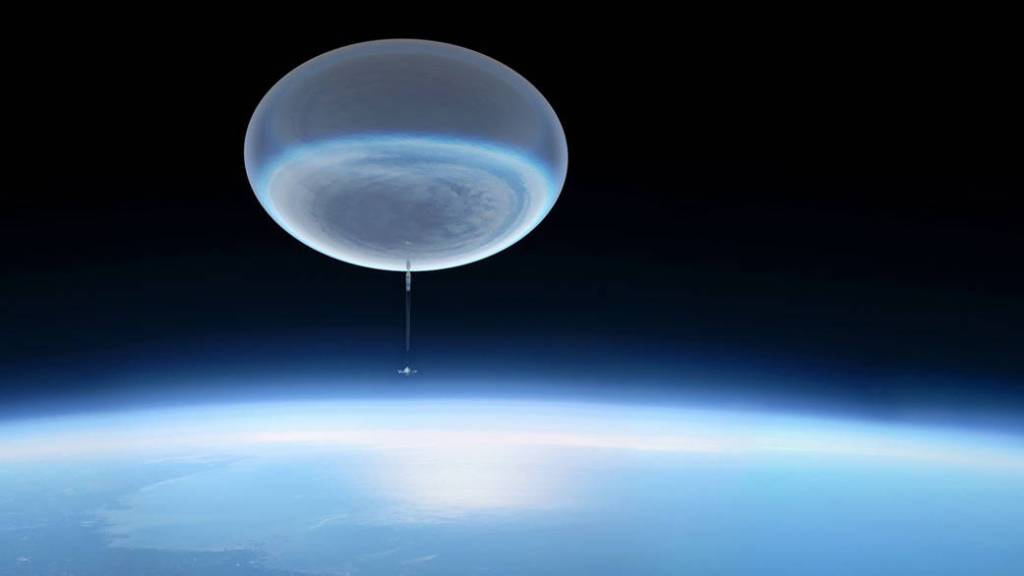
Balloon Launch Locations
There are a number of factors that determine the selection of balloon launch locations.
Among those are mission duration, need for flights over low-population areas for safety reasons, the science to be collected during the mission, cost, wind speed and direction, and many more.
Explore More Balloon Locations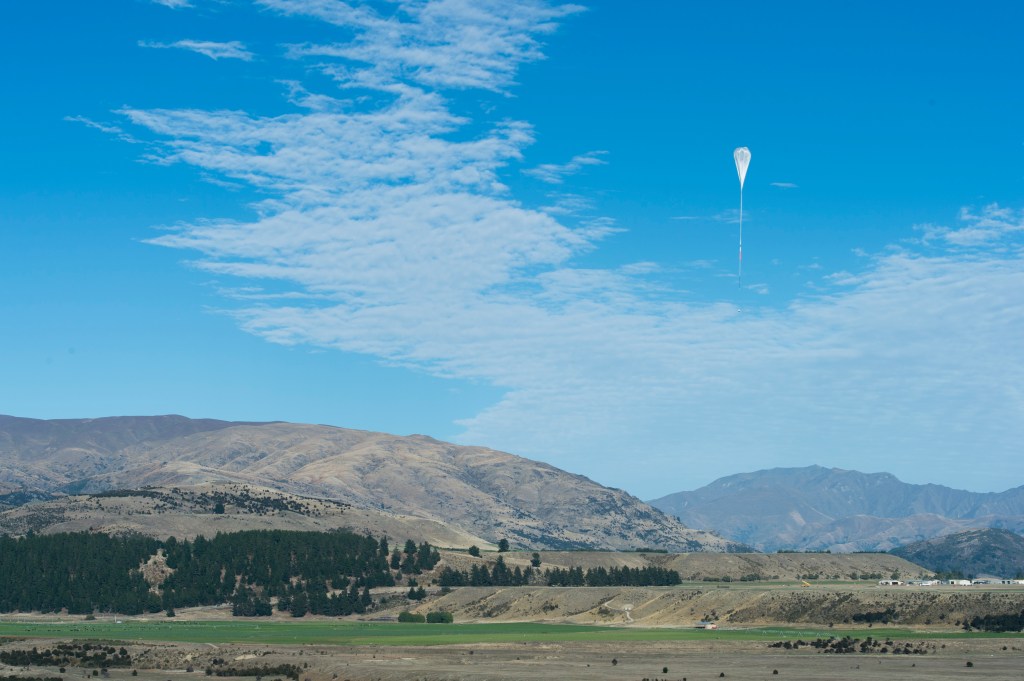
Balloons Glossary
Learn more about the different terms used during missions operations
NASA’s Balloon Program Office uses multiple types of balloons to lift scientific payloads into the atmosphere.
More Glossary Terms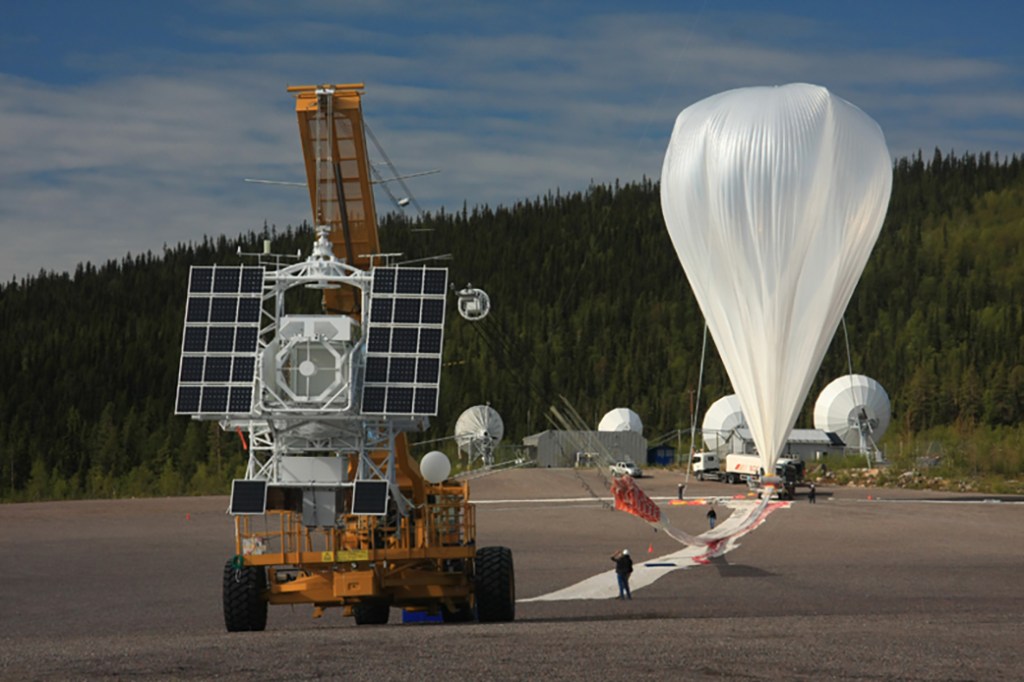
Frequently Asked Questions
Why would someone want to fly an experiment on a balloon?
Flying on a balloon above 100,000 feet allows an experiment to have a clear view of the heavens above. This can allow for excellent views of heavens without any interference from the atmosphere. It is like being in space, but it cost a lot less than rocket or a space mission. Smaller u0022piggybacku0022 payloads can also be flown.
Read More FAQs